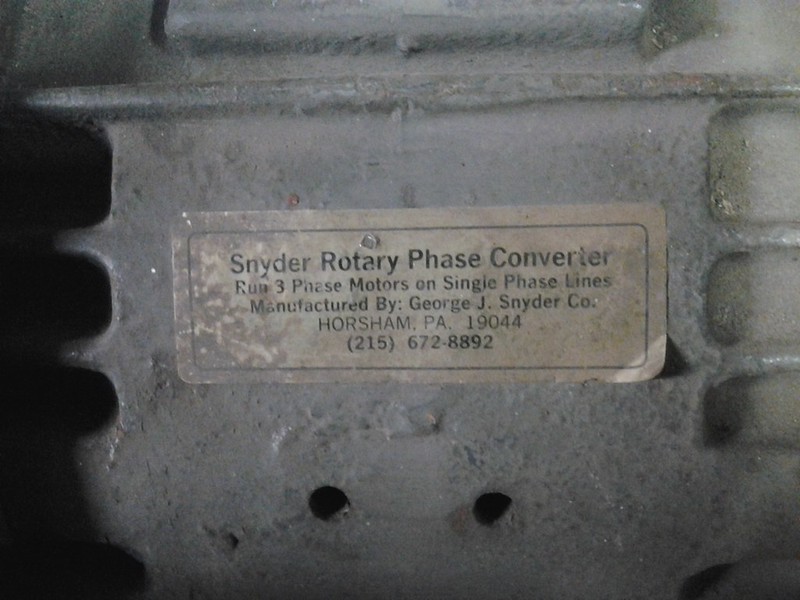It's alive, after 3 years sitting, an old HS buddy that worked for PECO, got it up and running
 20180606
20180606
[url=https://flic.kr/p/JhnpyM] 20180606
20180606
Paid $500.00 for both units
 20180606
20180606[url=https://flic.kr/p/JhnpyM]
 20180606
20180606Paid $500.00 for both units

